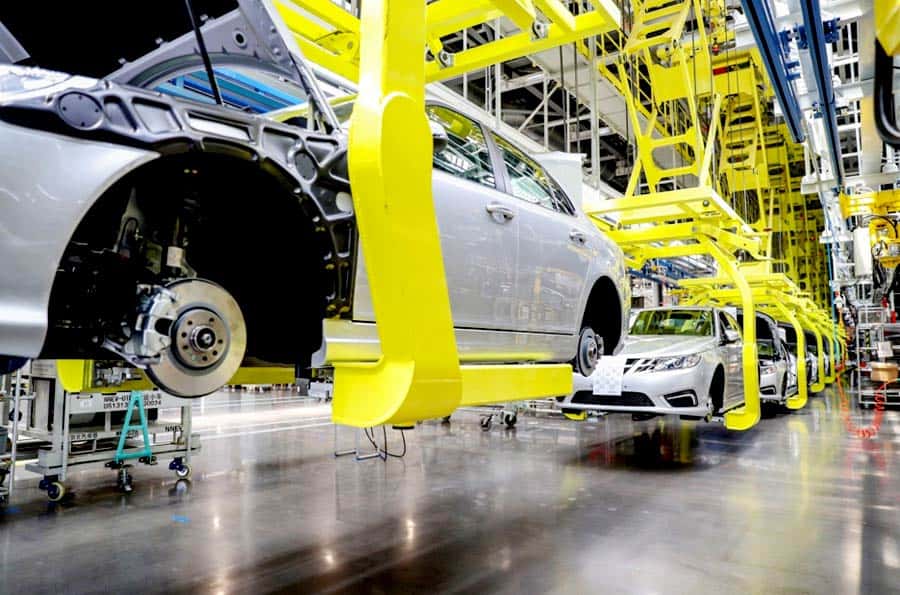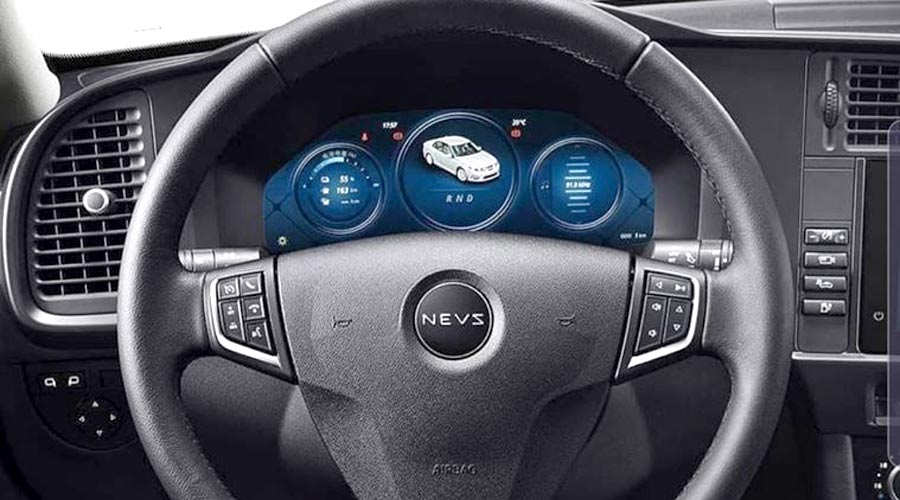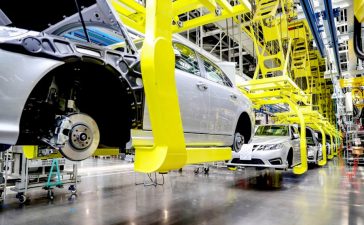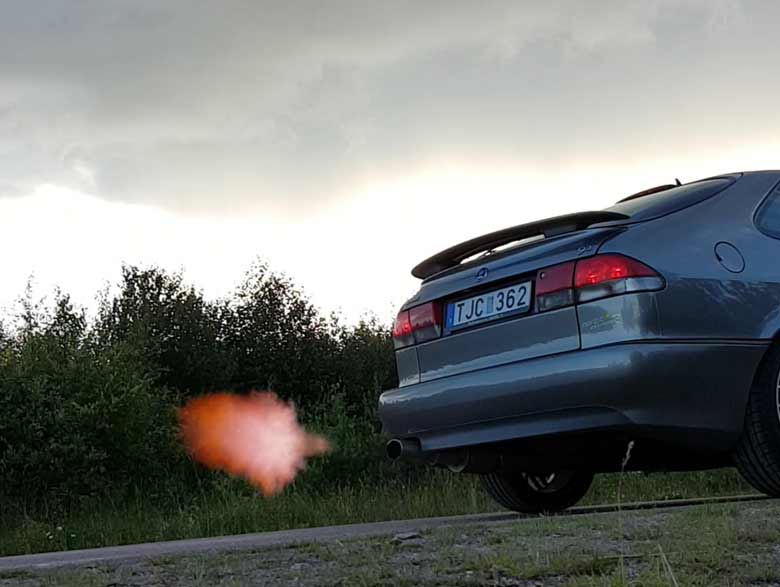Among the 132 reforms and investments in the Swedish Government’s Climate Plan there are some very exiting ones for NEVS. Municipalities are given the right to offer free parking for low-emission cars, speed up the electrification of road transport and rules to exploit lamp posts as a charging station.
These are examples of three interesting measures that benefit the future of NEVS development of electric cars and mobility services, that support our vision to Shape Mobility for a more sustainable future. NEVS are heading a transport revolution. The combination of electrification, MaaS (mobility as a service) and self-driving cars will completely transform the way we move, we work, and we live. What does a good future look like? NEVS CEO Stefan Tilk presented NEVS’s road-map towards future mobility at Stora Mobilitetsdagen which took place on December 10th in Stockholm.
All this is great news and announcement, but …
NEVS Vision…
Still, many are wondering: what is NEVS actually doing, or what are the employees of the Swedish branch of NEVS doing? Just some of the comments we can read on social networks are: “You’ve only been talking, you’ve only been promising for years, and we’re not seeing progress anywhere. You have visions and missions, but you have no product anywhere – a car that we can buy here in Sweden, or anywhere in Europe.”

True, there are no products for the European market yet, the production of the NEVS 93 electric car on the Saaba 9-3 platform has reportedly begun, just as sales have started (allegedly), but the public is not yet aware of the figures – there are no data on the number of cars produced and the number cars sold.
It remains to be seen how long this situation will persist. In the near future, NEVS announces tests of self-driving cars in Trollhattan, and also Turkey has not yet shown its e-car prototype, which should be based on the 9-3 platform purchased a few years ago by the Turkish government from NEVS.











